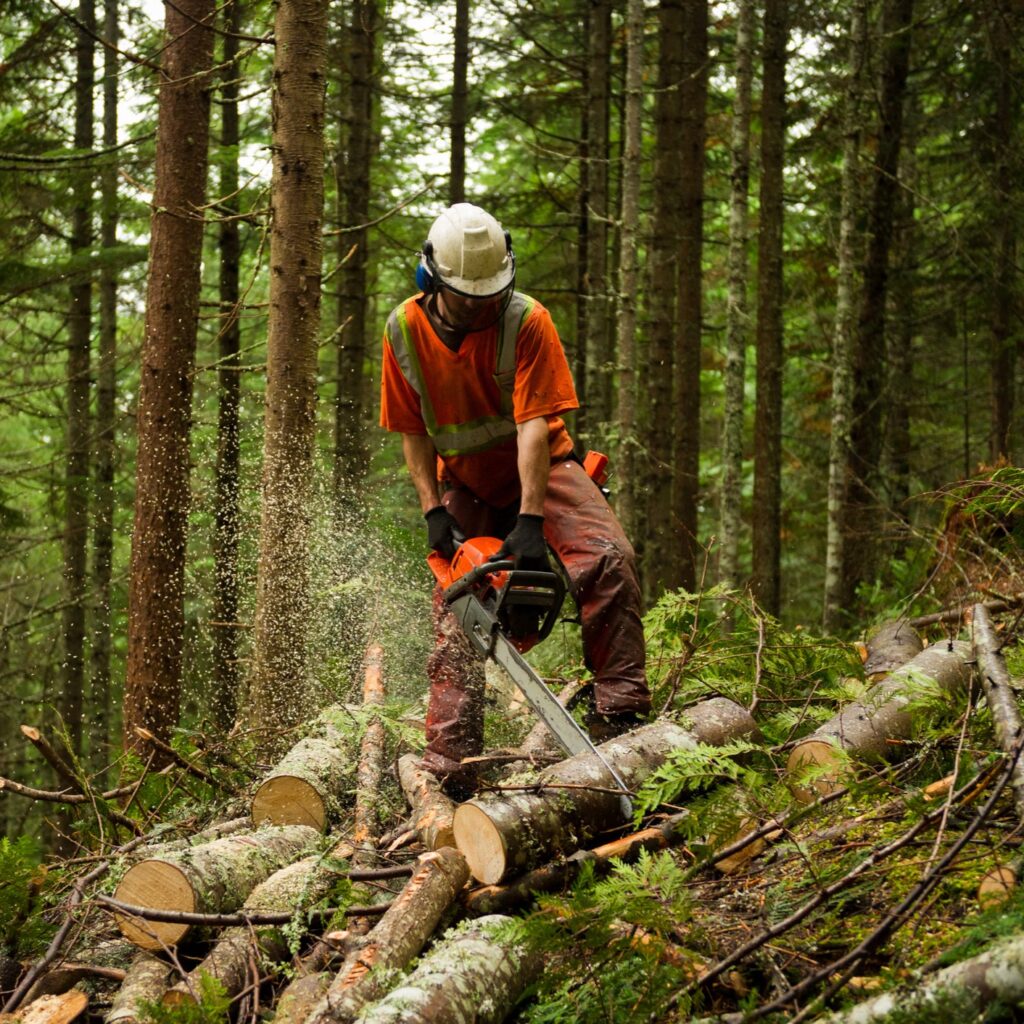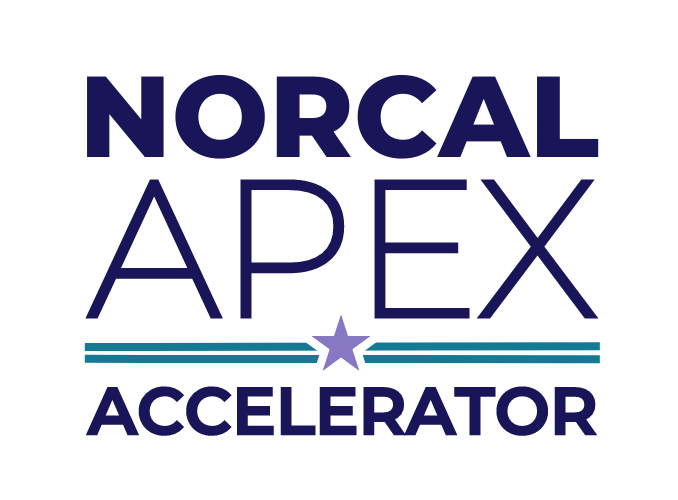Prepare to Be a Wildfire Response Vendor in 2024
It’s that time of year once again. As the sounds of sleigh bells fade and we promise ourselves that our New Year’s resolutions will hold this time, it’s also time to prepare if you aim to be a wildfire response vendor in 2024. The US Forest Service manages roughly 193 million acres of land in the USA, about 20 million of which are in California. Likewise, CAL FIRE protects over 31 million acres in this state. When wildfires break out–as they’ve been known to do with increasing frequency and intensity–you can expect one or both agencies to be part of the incident response. This is where you might come in – yes, you!

Both the US Forest Service and CAL FIRE look to private citizens who can support wildfire response efforts by providing equipment and/or services that these agencies need. This could be anything from chippers and chainsaws to tree-falling expertise, portable toilets, and even consumer-level pickup trucks.
You don’t need a robust or well-established business to have a shot of getting work in some of these categories. You just need the right equipment, the right expertise, and the availability to respond to wildfires. However, you do need to prepare early-on in the year by crossing off some task items like completing the online applications, minding the paperwork, and staying compliant with government regulations. But never fear, in this article we’ll layout everything you need to know and the steps to take for success.
US Forest Service’s VIPR
The Forest Service system is called VIPR – Virtual Incident Procurement. They accept new applications from vendors typically around February or March. If your application is accepted, then you will be signed up for an I-BPA (Incident Blanket Purchase Agreement) and you may get a call for work if there’s a wildfire that requires your equipment.
Every year they open up different equipment categories for new solicitations. Once you’re on a new I-BPA based on one of these solicitations, you’re on the list for five years, unless you get removed for some reason. (VIPR used to operate on a three-year schedule but switched to five in 2023). As far as new solicitations go, this year they’re specifically looking for:
- Communications Unit
- Helicopter Operations Support Unit
- Chipper
- Feller Buncher
- Masticators-Boom Mounted
- Strip Mulcher/Masticator
- Road Grader
- Skidder
- Mobile Sleeper Unit
- Mobile Chainsaw Unit
- Gray Water Truck
- Handwashing Unit
- Potable Water Truck
Find info on each of these categories in the contracting catalog here: https://www.fs.usda.gov/Internet/FSE_DOCUMENTS/fseprd1096188.pdf
If you have a current VIPR agreement already, you’ll be able to change details on your agreement around this time as well (with a “rollover modification”) if your agreement falls in one of these categories:
- Pumper Cat
- Skidgine
- Softtrack
- Engine
- Water Tender (Support or Tactical)
- Weed Washing Unit
- GIS Unit
- Refrigerated Trailer
And lastly, here’s the biggest change this year. For the first time since VIPR started, the Forest Service is doing a yearly “onboarding” process outside of their standard five-year rotations. This means that if you missed the standard deadline for any of the following equipment types in previous years, you still have a shot of getting on a shorter-term VIPR I-BPA this year:
- Bus, Crew Carrier
- Dozer
- Excavator
- Vehicle with Driver
- Faller and Faller Module
- Fuel Tender
- Mechanic with Service Truck
- Mobile Laundry
- Medical Services
What to prepare ahead of time:
- Apply for our services – we can help with every step!
- Verify that your equipment is being solicited and you can abide by the requirements.
- Complete your SAM registration to start an account in VIPR.
- Set up your VIPR profile and take the required photos of your equipment.
- Research what you want to bid for your equipment – find what others have priced in the past and determine what it would cost you to participate in a wildfire incident.
CAL FIRE’s Hired Equipment Program
CAL FIRE has their own separate program to hire private company resources, called the Hired Equipment Program. Similar to VIPR they draw on private companies to provide their own equipment for wildfire response efforts, they only open up for applications once per year, and an accepted application is not a guarantee of work.
But unlike VIPR, the applications are typically due March 31st every year; they work on a three-year cycle; they do not rotate equipment categories each year; and you don’t need to worry about pricing because CAL FIRE determines what they’ll pay for each type of equipment. Generally speaking, CAL FIRE has more restrictive equipment and insurance requirements as well. If your Hired Equipment Program application is accepted, then you’ll be signed up for an EERA – an Emergency Equipment Rental Agreement.
There are plenty of other differences so it’s best not to think of VIPR and CAL FIRE’s Hired Equipment Program as being too similar. However, vendors can get their equipment on both agencies’ agreements, maximizing their likelihood of getting called for a wildfire job.
Since CAL FIRE opens all equipment categories each year, there are too many to list here. You can find all this information – and much more – in their extremely helpful Hired Equipment Program Supplier Participation Manual. Find it here: https://www.fire.ca.gov/about/resources/hired-equipment
What to prepare ahead of time:
- Apply for our services – we can help with every step!
- Review the participation manual in detail and verify that your equipment is being solicited, satisfies their requirements, has sufficient insurance, and can generally abide by their program requirements.
- Get your Unique Entity ID (UEI) at SAM.gov: CAL FIRE doesn’t require a completed SAM registration with the Federal government, but they do require you to complete the first step of a SAM registration which is to “validate” your business and receive a UEI.
- Register as a vendor with the California state government at Cal eProcure: https://caleprocure.ca.gov/pages/index.aspx
- If you’re eligible, certify as a Small Business (SB) or Disabled Veteran Business Enterprise (DVBE), also on Cal eProcure.
- Gather the documents required for an application for EERA. See checklist under “More Information” here: https://www.fire.ca.gov/about/resources/hired-equipment
We can’t find your equipment or make room in your calendar, but we can help you navigate the procedures that the US Forest Service and CAL FIRE use to get potential vendors onto their lists. Norcal APEX Accelerator has helped plenty of clients put their equipment to work on wildfires throughout the years and we’d be happy to help you as well! Please contact your Norcal APEX Accelerator counselor for assistance or apply for services today!
If you have more questions, please contact us at info@norcalptac.org or 707.267.7561
Authored by: James Forrest, Norcal APEX Accelerator Procurement Specialist

